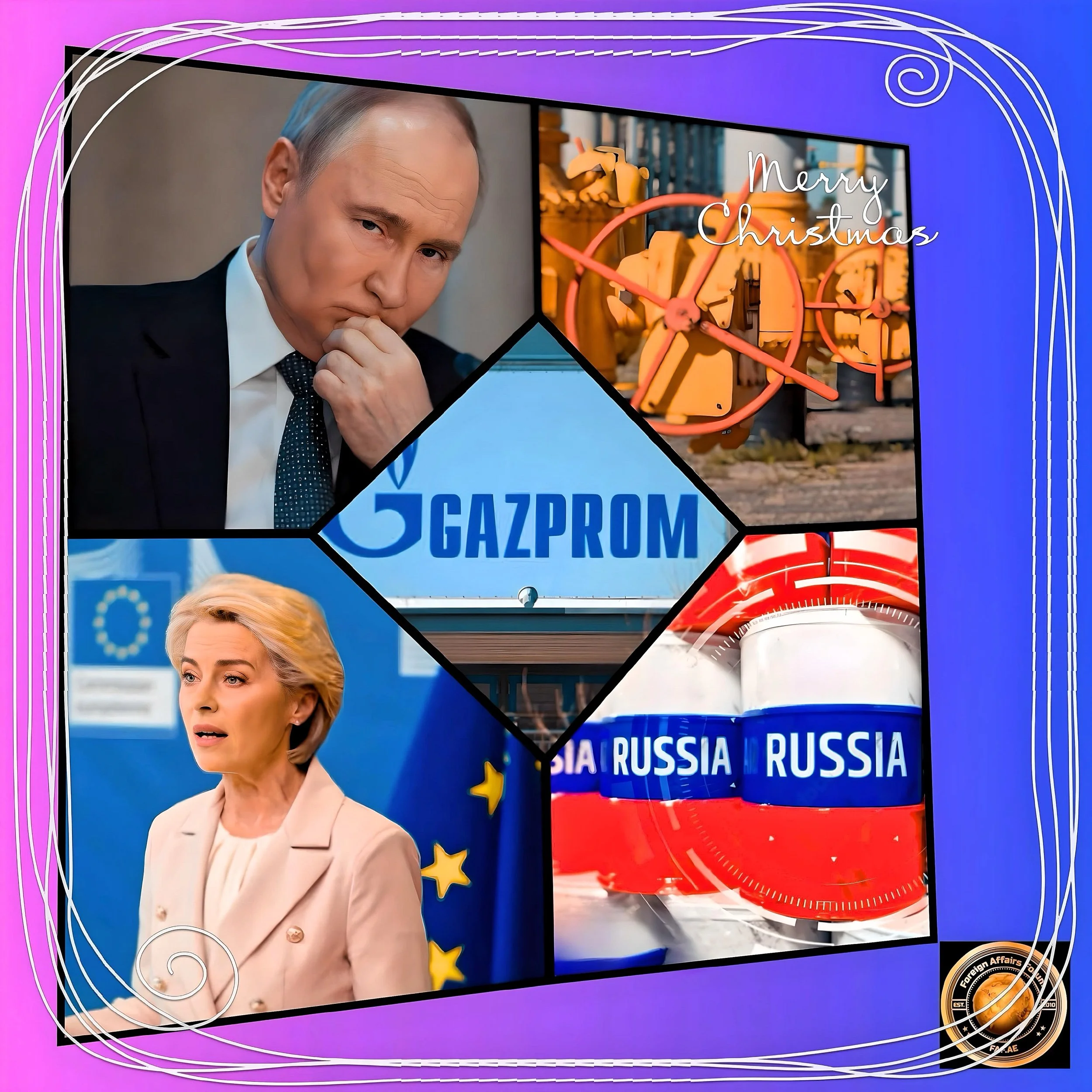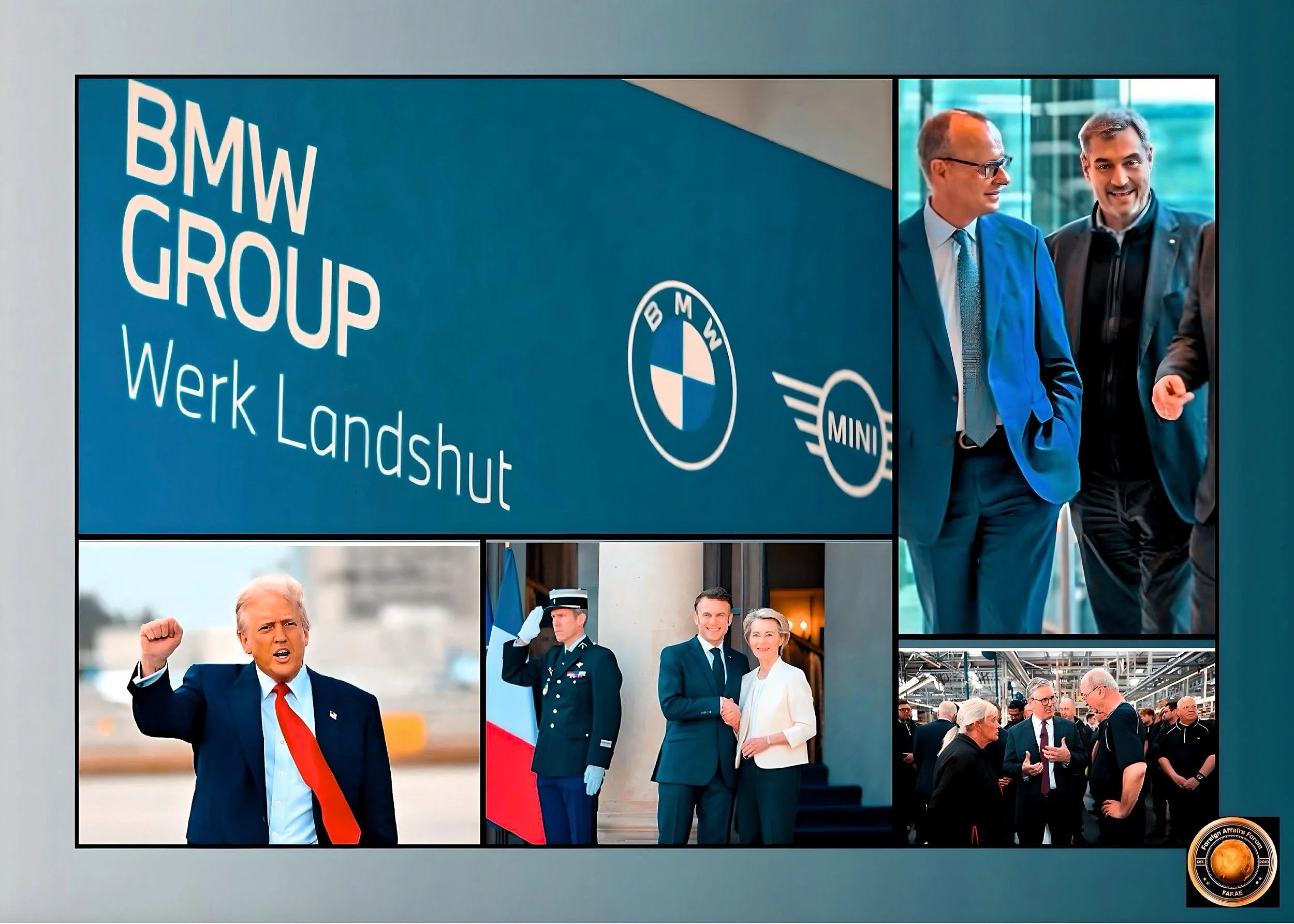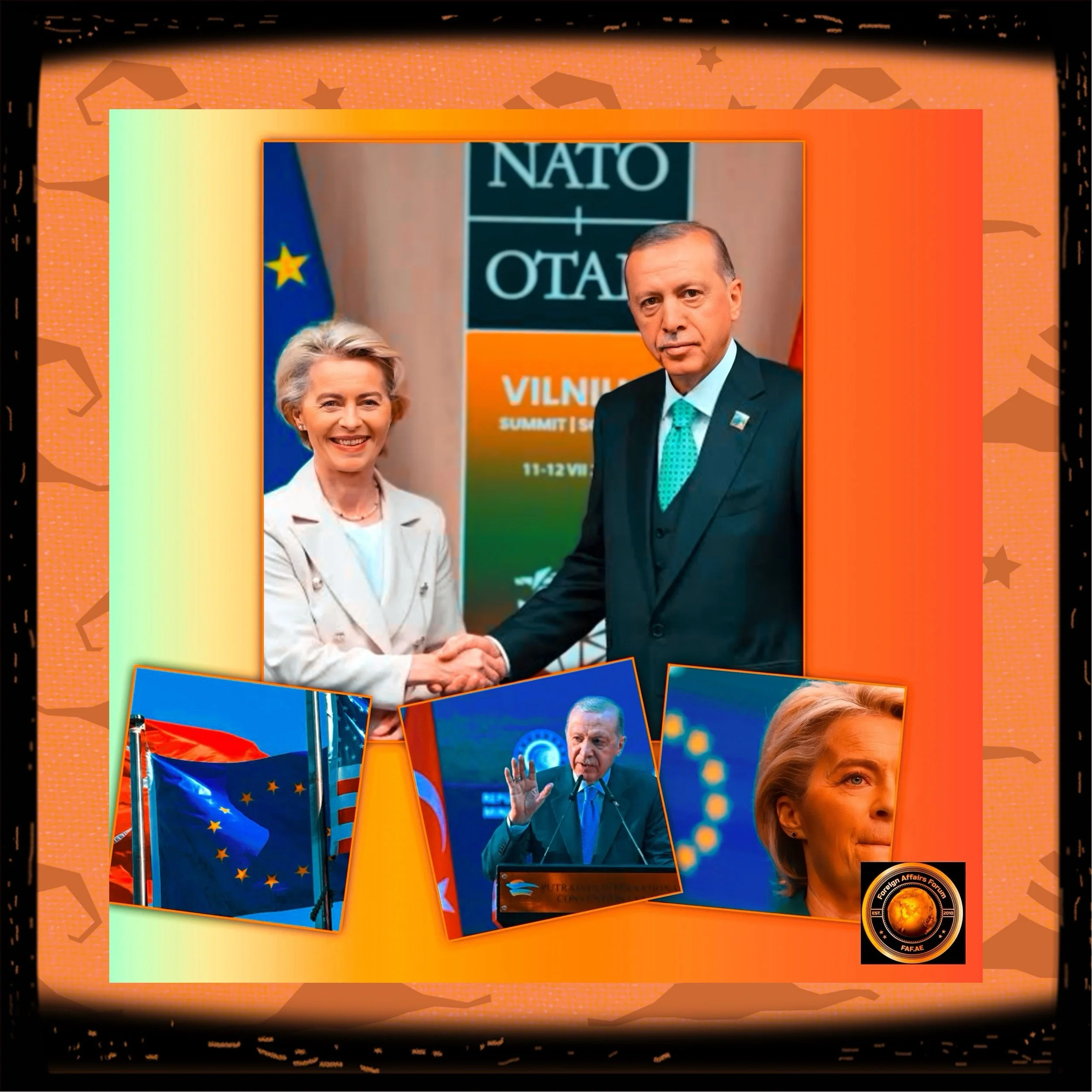Europe’s Transition Away from Russian Gas: Strategies, Challenges, and Progress in 2025
Introduction
Since 2022, the European Union’s relationship with Russian gas has undergone a dramatic transformation, with historic dependency giving way to strategic diversification and planned phase-out.
As of April 2025, Europe continues to implement its comprehensive plan to eliminate Russian gas from its energy mix, though significant challenges and complexities remain.
Current State of EU-Russia Gas Relations
The EU’s dependency on Russian gas has declined substantially but hasn’t been eliminated entirely.
In 2021, Russia supplied approximately 157 billion cubic meters (bcm) of gas to the EU, representing about half of Europe’s gas imports.
By 2024, this figure had dropped dramatically to 54 bcm, accounting for only 18% of EU gas imports.
This reduction represents a major shift from pre-2022 levels when nearly 45% of Europe’s imported natural gas came from Russia, with some countries depending on Russia for more than 80% of their gas supply.
A significant milestone occurred on December 31, 2024, when Russian gas exports through Ukrainian pipelines were halted following Kyiv’s decision not to renew the transit agreement with Gazprom.
Despite this cutoff, Europe has navigated the winter of 2024-2025 without major disruptions, demonstrating increased resilience in its energy systems.
Current storage levels, however, show cause for concern.
As of March 16, 2025, European gas reserves stood at just 34%, compared to 60% at the same time in 2024.
This depletion has placed additional pressure on energy markets, with gas prices in 2025 expected to reach €45 per megawatt-hour (MWh), nearly twice pre-crisis levels.
The EU’s Strategic Plan for Russian Gas Independence
The European Union has established a clear goal of eliminating dependence on Russian fossil fuels well before 2030 through its REPowerEU plan, launched in May 2022.
The incoming European Commission has signaled an intention to accelerate this timeline, with plans to present a roadmap in early 2025 for ending Russian gas imports before 2027.
Key components of the EU strategy include
Diversification of Supply Sources
Europe has rapidly pivoted to alternative suppliers, primarily
Increased LNG imports, projected to rise from 90 bcm in 2021 to approximately 200 bcm by 2025
Maximized pipeline imports from non-Russian sources, particularly Norway, which accounts for about 50% of Europe’s domestic production
Development of new partnerships with reliable suppliers including the US, Algeria, Nigeria, and Qatar
Infrastructure Development and Optimization
The EU is focusing on
Optimizing existing import, storage, and transmission infrastructure
Setting mandatory storage requirements, with 90% filling targets ahead of winter periods through 2025
Supporting coordinated gas refilling operations through joint procurement and supply matching
Demand Reduction Measures
Reducing consumption remains a cornerstone of EU strategy:
Implementation of voluntary and potentially mandatory gas demand reduction targets
Demand reduction was expected to be significant (70-100 bcm in 2023, falling to around 20-50 bcm in 2025)
In 2024, EU gas imports were at their lowest level since the Ukraine war began, declining by more than 6% compared to 2023
Alternative Energy Development
The REPowerEU plan emphasizes accelerating the transition to clean energy:
Creating a Hydrogen Accelerator to build 17.5 GW of electrolysers by 2025
Doubling biomethane production to 35 bcm annually by 2030
Accelerating electrification as part of the long-term strategy
Europe’s Gas Supply Security Without Russia
Multiple analyses suggest that Europe can secure adequate gas supplies without Russian imports.
The German Institute for Economic Research (DIW) concluded that “the long-term supply of natural gas to Germany and the rest of the EU is secure even without supplies from Russia”.
Their analysis found that even if gas demand remains high until 2030, it would be possible to eliminate Russian natural gas entirely.
Europe’s own production capacity is limited but significant. European gas fields are projected to produce around 200 bcm through 2030, with Norway accounting for half of this volume.
After 2026, domestic production is expected to decline to approximately 120 bcm.
The transition away from Russian gas has necessitated a major restructuring of Europe’s energy market:
LNG has become increasingly crucial, with Europe’s demand potentially increasing up to 150% by 2040
The EU reformed its gas market rules in late 2023 to allow individual countries to ban Russian gas deliveries
Some European nations, including Lithuania, Latvia, Estonia, and Poland, have already imposed national bans on Russian gas
Economic Impact on Russia and Europe
Consequences for Russia
The reduction in gas exports to Europe has severely impacted Russia’s energy sector:
Gazprom reported its first net loss since 1999 in 2023, amounting to $6.8 billion
The company’s gas exports were nearly cut in half, with earnings 40% below 2022 levels
Russia’s total oil and gas revenues are projected to drop from 11.3 trillion roubles in 2024 to 10.9 trillion in 2025, and further to 9.77 trillion by 2027
Russia faces significant structural challenges in redirecting gas flows:
Fields that previously supplied Europe are not connected to other customers or LNG facilities
Despite ambitions to sell more gas to China, infrastructure limitations and China’s cautious approach have limited this pivot
The Russian government has implemented tax relief for Gazprom, reducing the mineral extraction tax by over 30% in 2025
Implications for Europe
The transition has created economic challenges for Europe:
Higher energy prices affect industrial competitiveness, with European industrial consumers paying approximately 30% more than Chinese counterparts and five times more than American ones
The increasingly tight LNG market creates competition between Europe and Asia, potentially driving prices higher
However, some analyses suggest prices would only increase moderately (by approximately 10%) if Russian gas were completely eliminated
Policy Options and Future Outlook
European policymakers are considering several approaches to complete the phase-out of Russian gas:
Implementing tariffs rather than quotas on Russian gas, as tariffs generate revenue that could fund alternative energy supplies and infrastructure
Preventing circumvention schemes that mask the origin of Russian gas, such as Turkey’s rebranding efforts
Securing sufficient affordable gas through new LNG facilities in Croatia, Italy, Poland, and Germany
The challenge of securing unanimous support for sanctions remains significant. A proposed ban on Russian LNG imports failed to gain enough support for inclusion in the 16th package of EU sanctions adopted in February 2025.
Conclusion
Europe has made remarkable progress in reducing its dependence on Russian gas since 2022, decreasing imports from nearly half of its supply to less than 20%.
This transition demonstrates both the EU’s capability to rapidly restructure its energy supply chains and the challenges inherent in such a fundamental shift.
While complete independence from Russian gas appears technically feasible, economic, political, and infrastructure constraints continue to shape the pace and path of this transition.
As Europe looks toward its goal of eliminating Russian gas imports before 2027, success will depend on sustained political commitment, continued infrastructure development, demand management, and the acceleration of alternative energy sources.
The experience has fundamentally altered Europe’s approach to energy security, emphasizing diversification, flexibility, and resilience over cost optimization alone.





